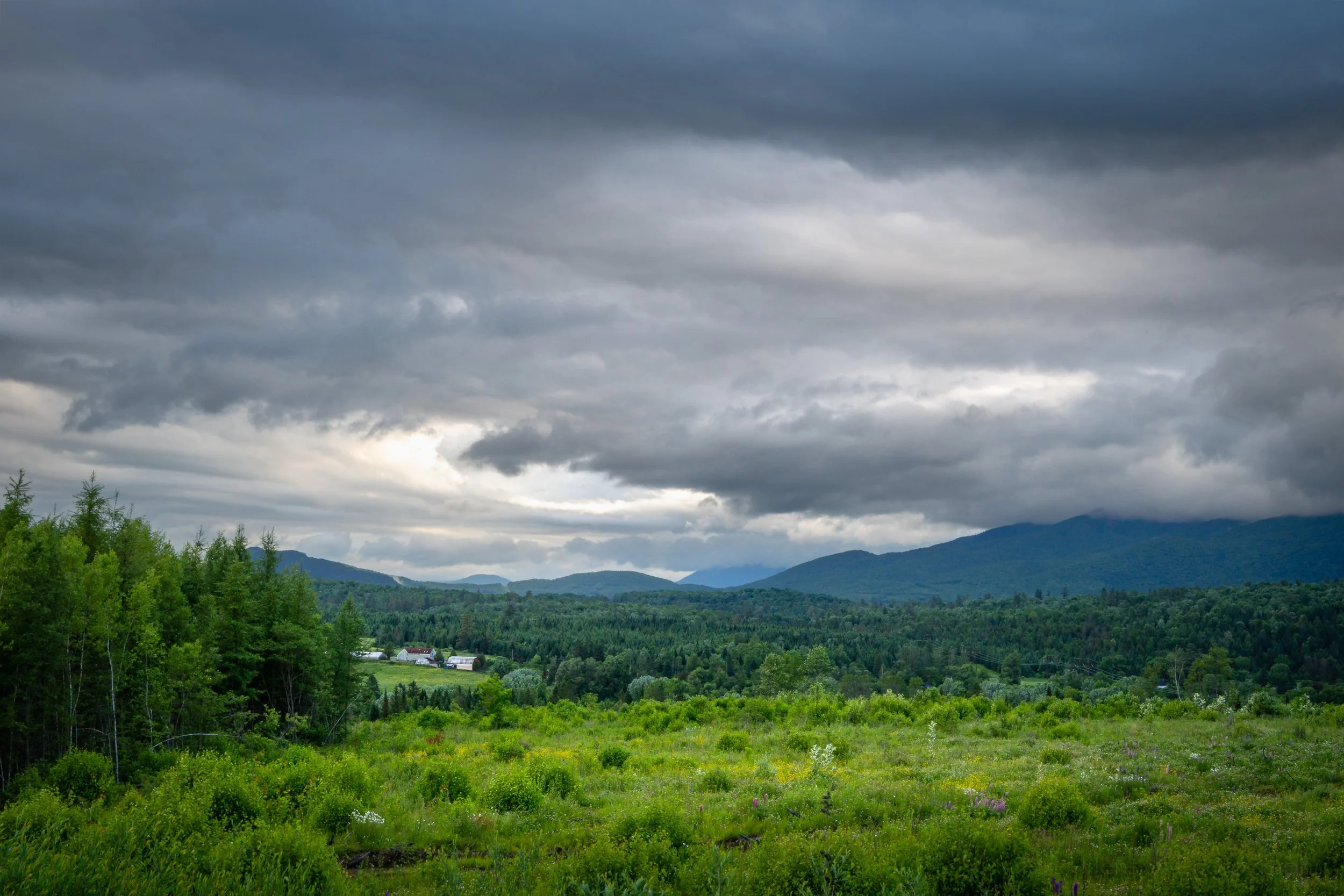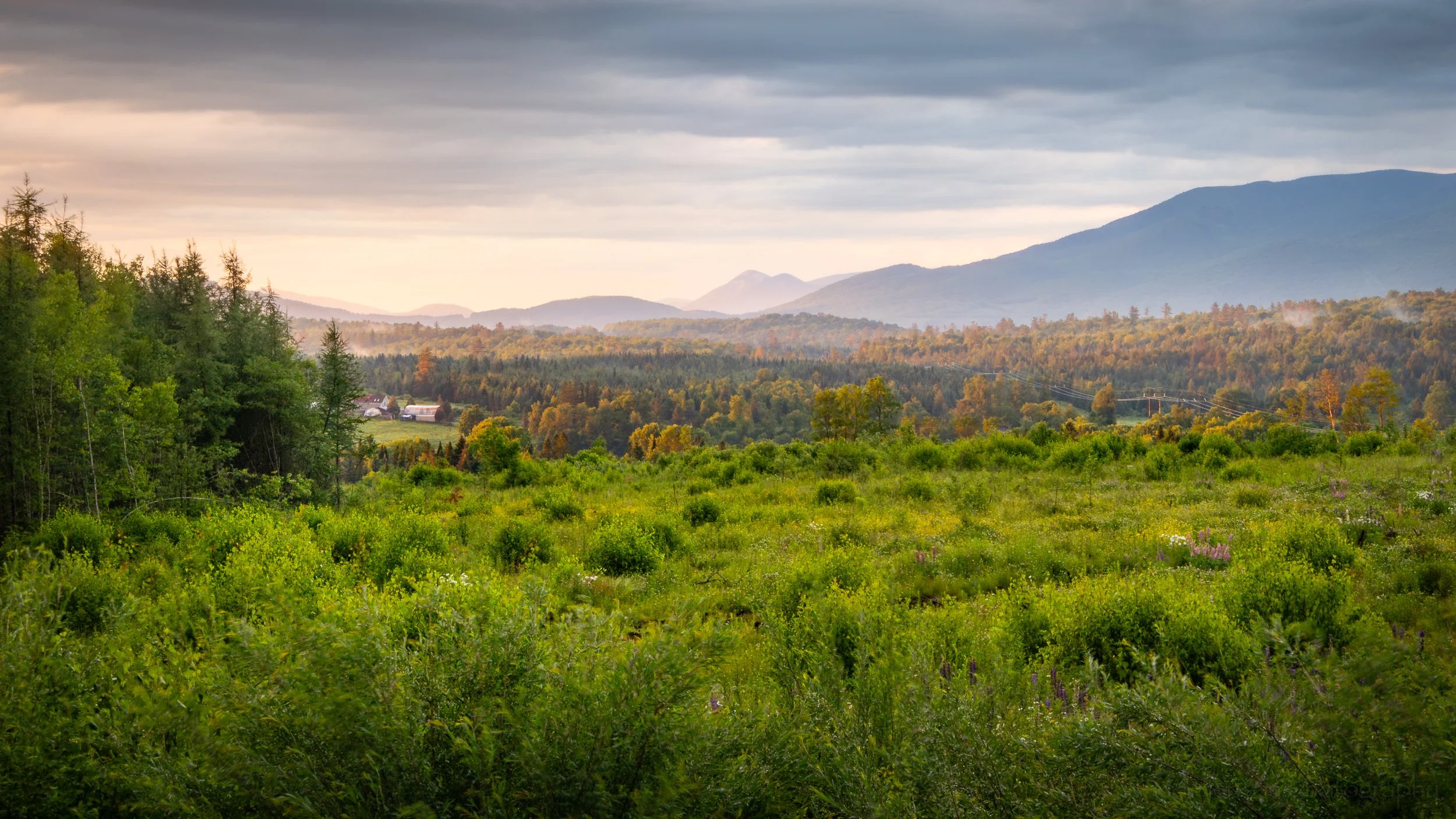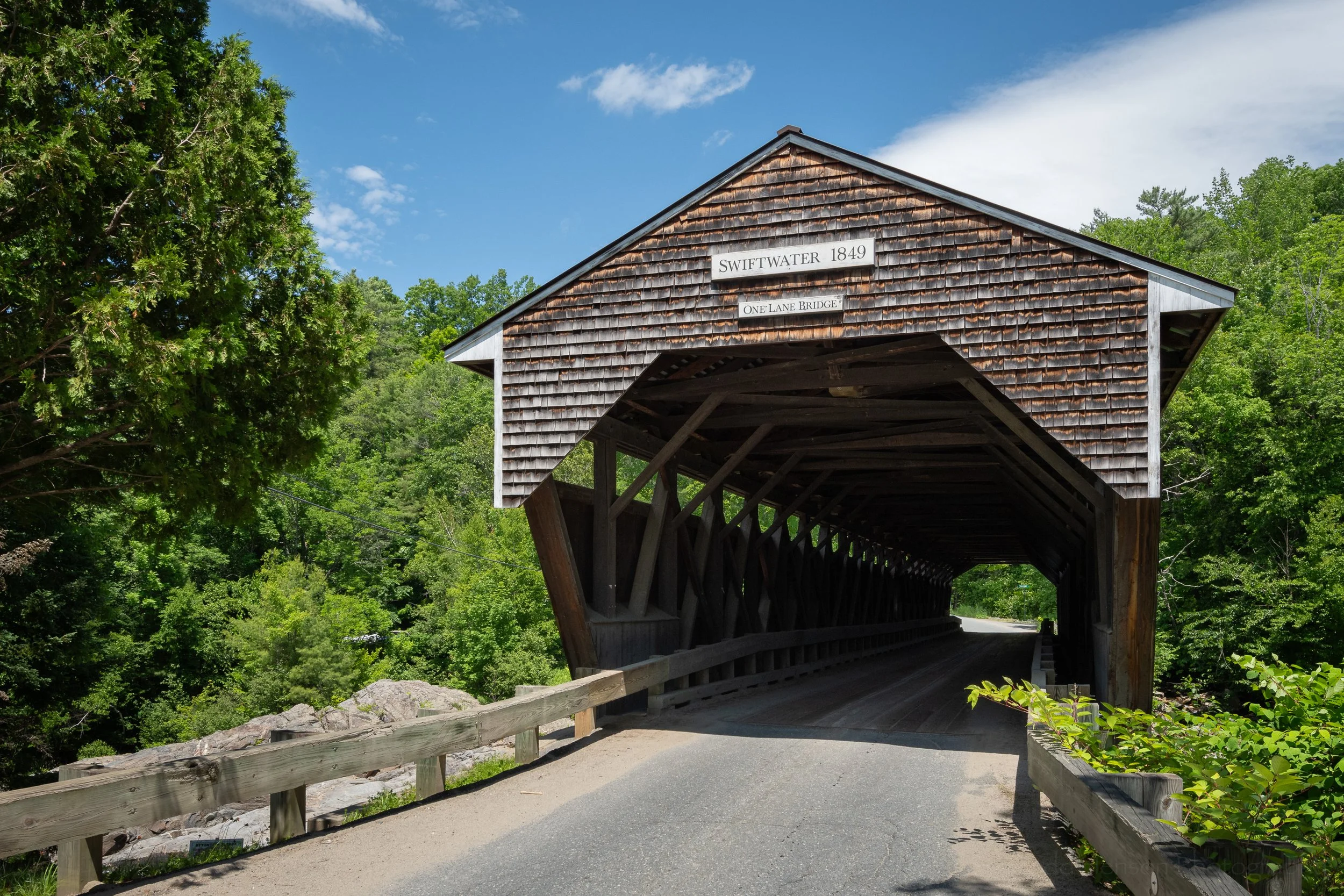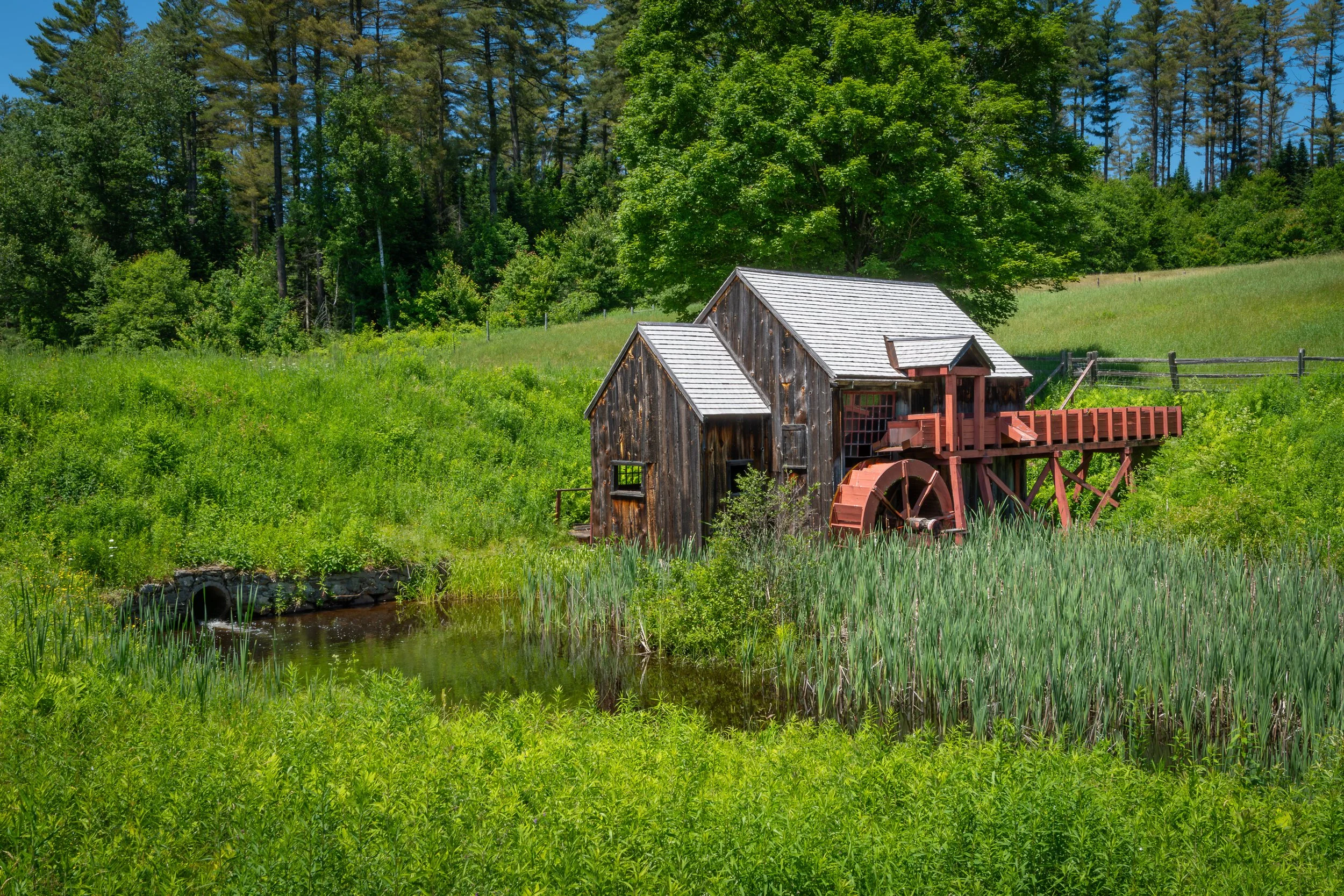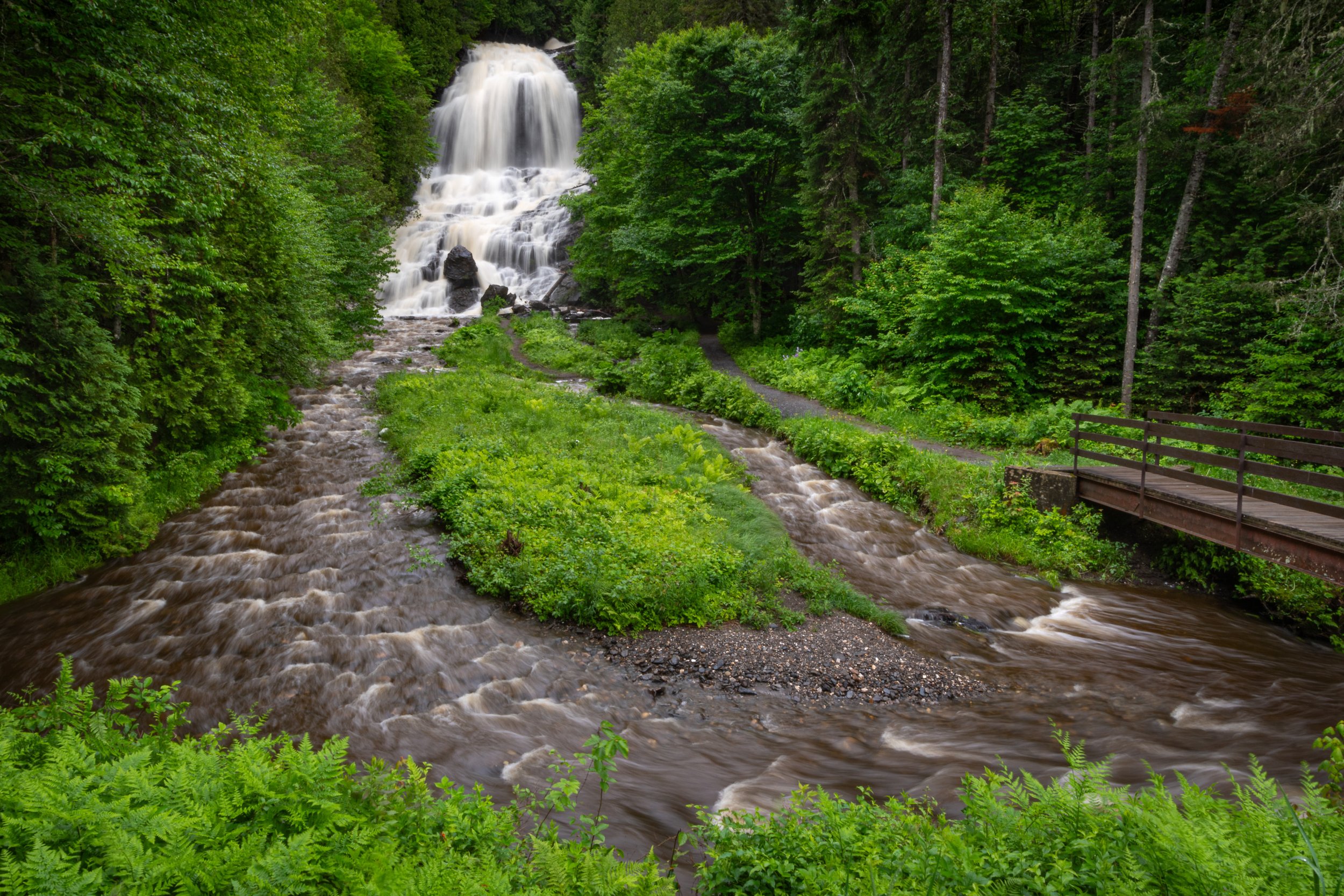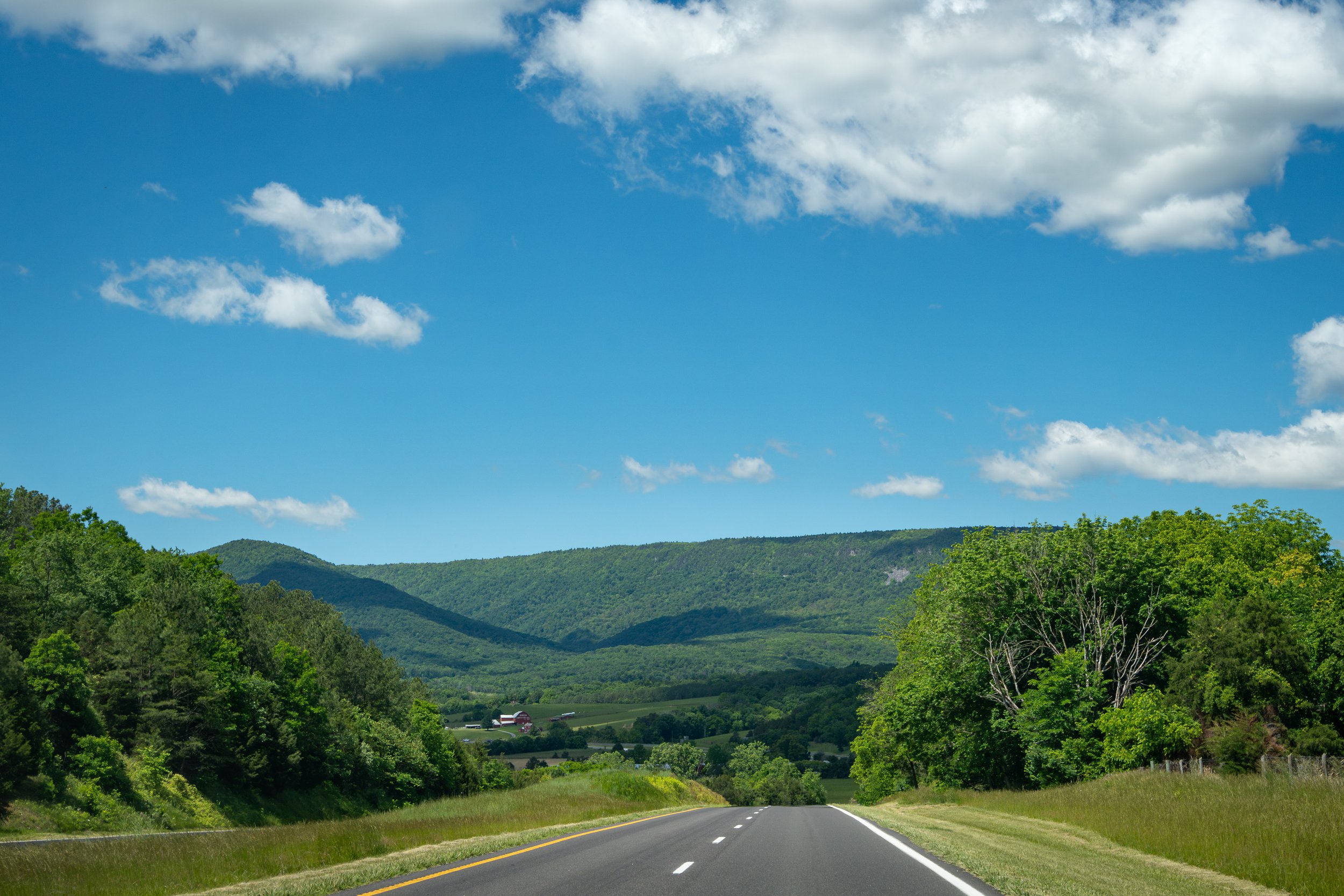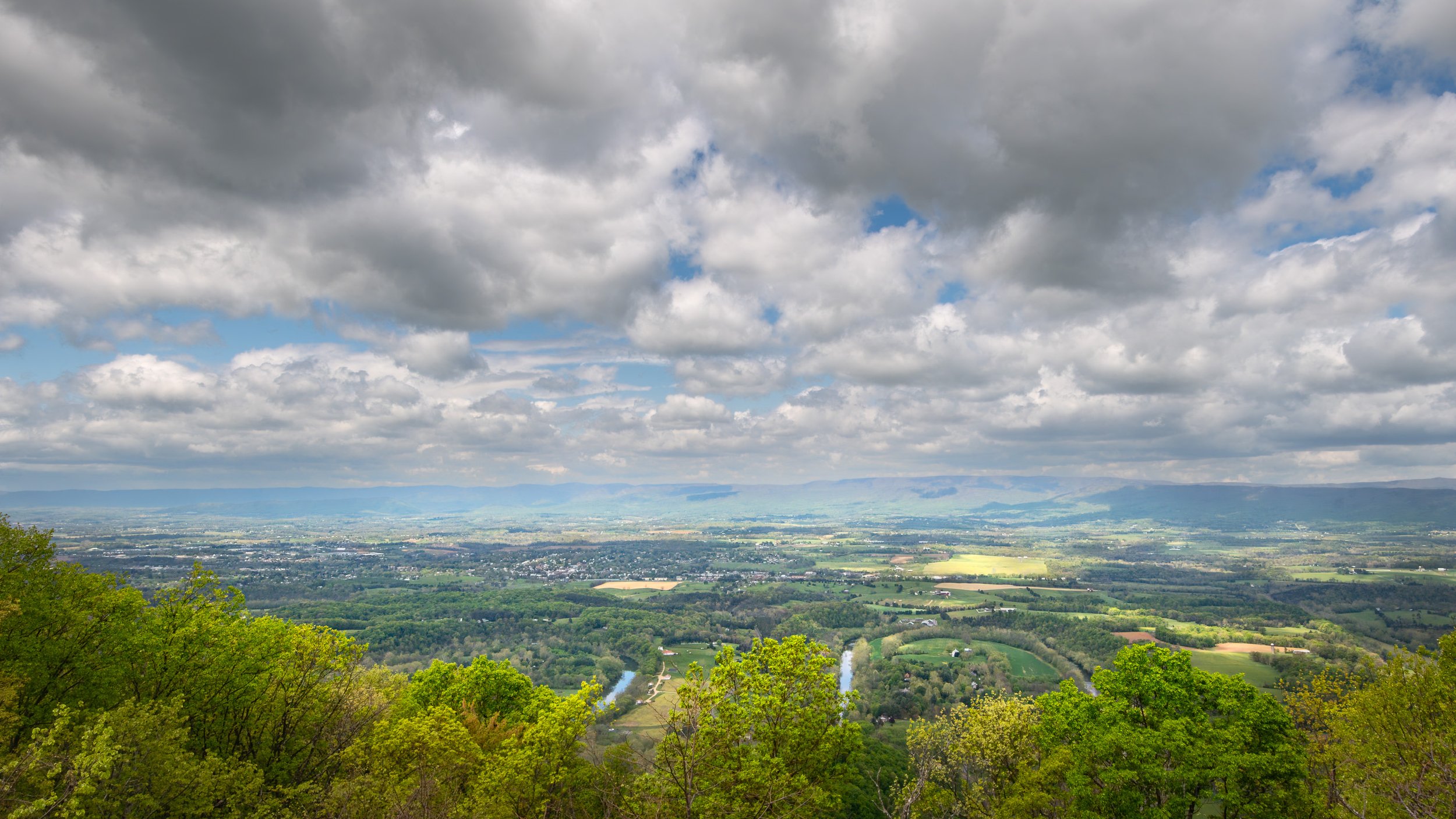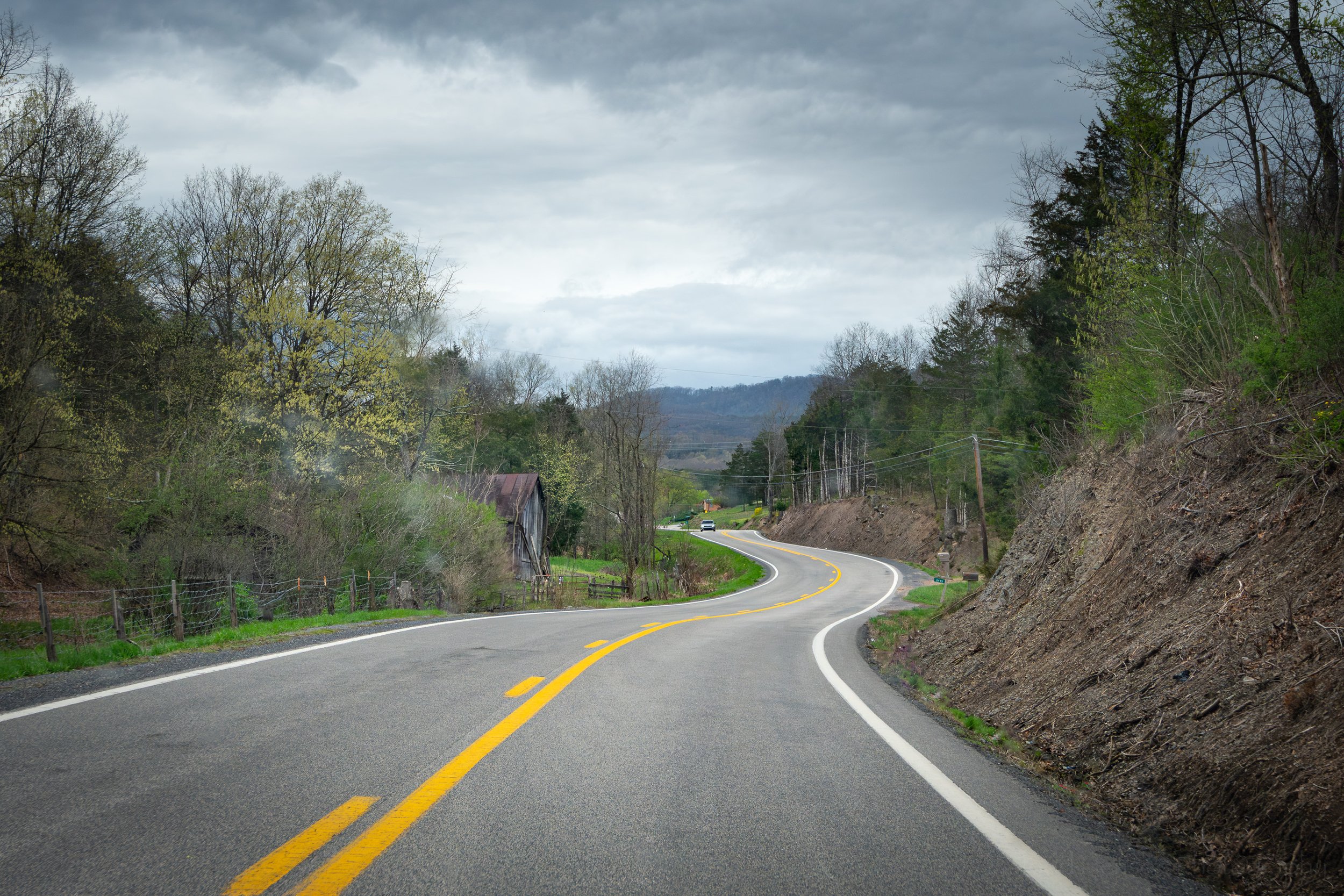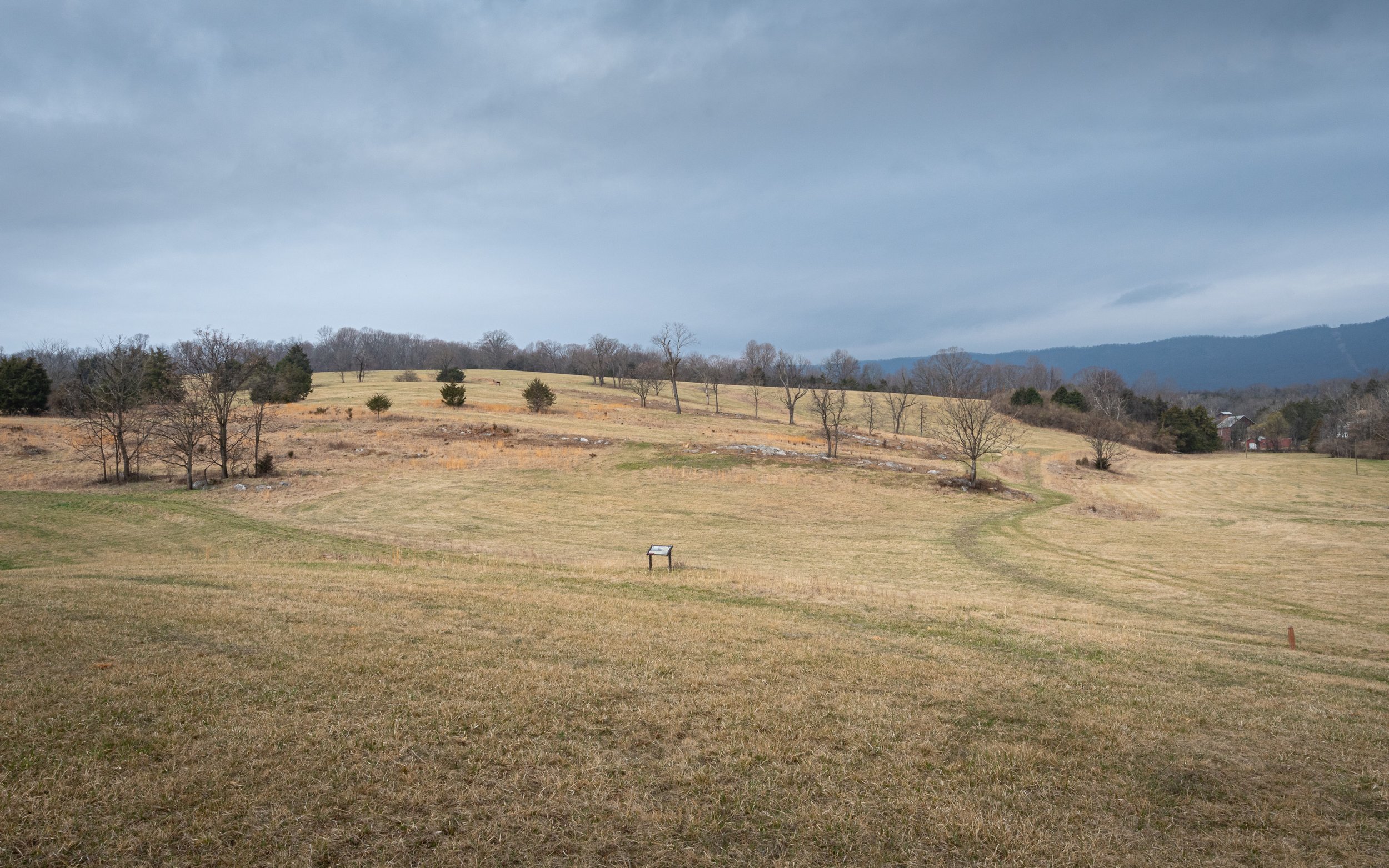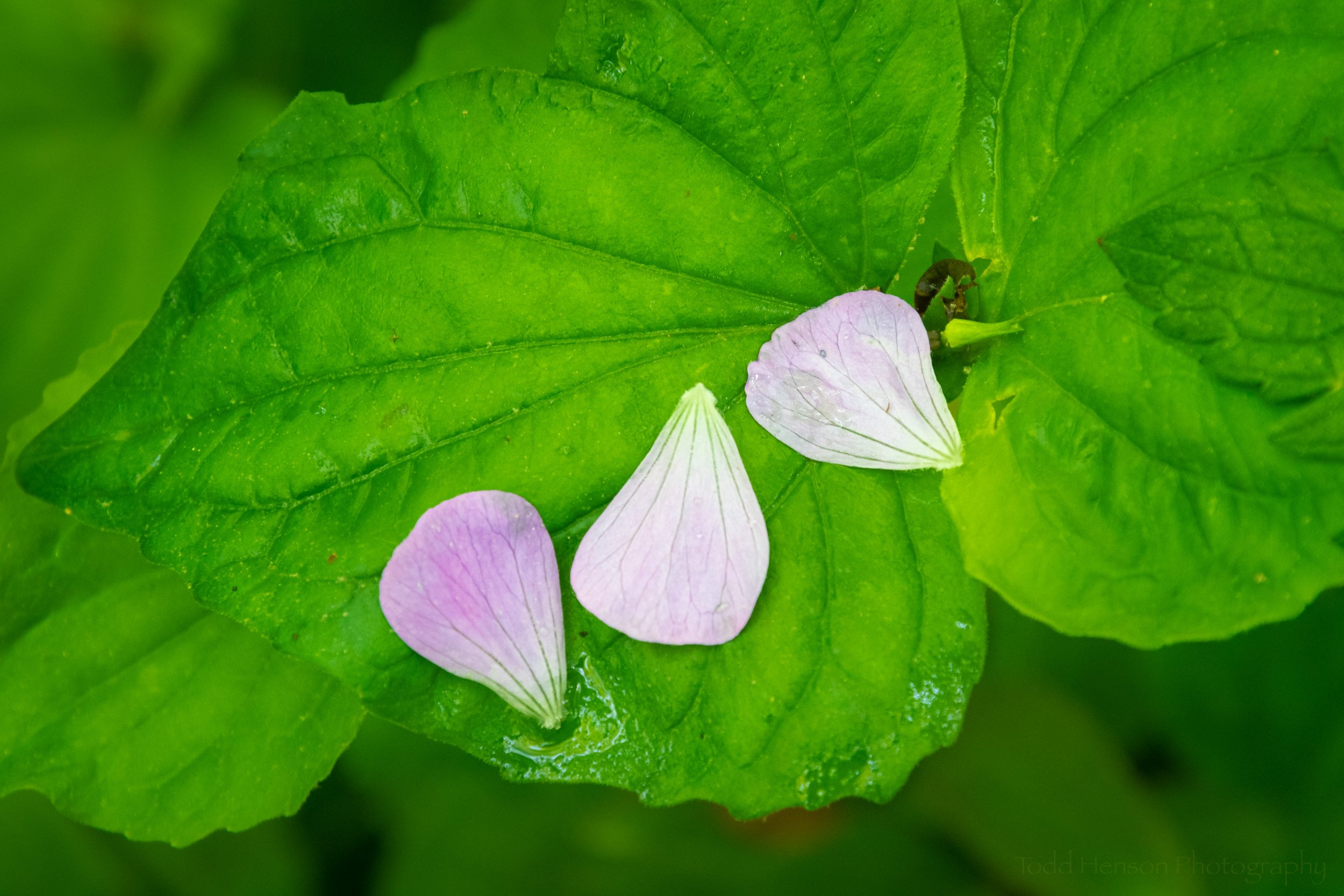Female red-winged blackbird with third eyelid, the nictitating membrane, closed over eye.
Female red-winged blackbird looking normal with eye open.
This post contains affiliate links and I will be compensated if you make a purchase after clicking on my links. This is at no extra cost to you.
One of the great things about photographing wildlife is the opportunity to see aspects of the animals you might not normally see, and then to later research and learn about that aspect of the animal. An example of this is the nictitating membrane on birds. The nictitating membrane is a third eyelid under the typical two eye lids we all have. It’s a translucent eyelid that can be closed while the other eyelids are open to clean and protect the eye. If you have a cat you might have seen an example of this, as cats also have nictitating membranes.

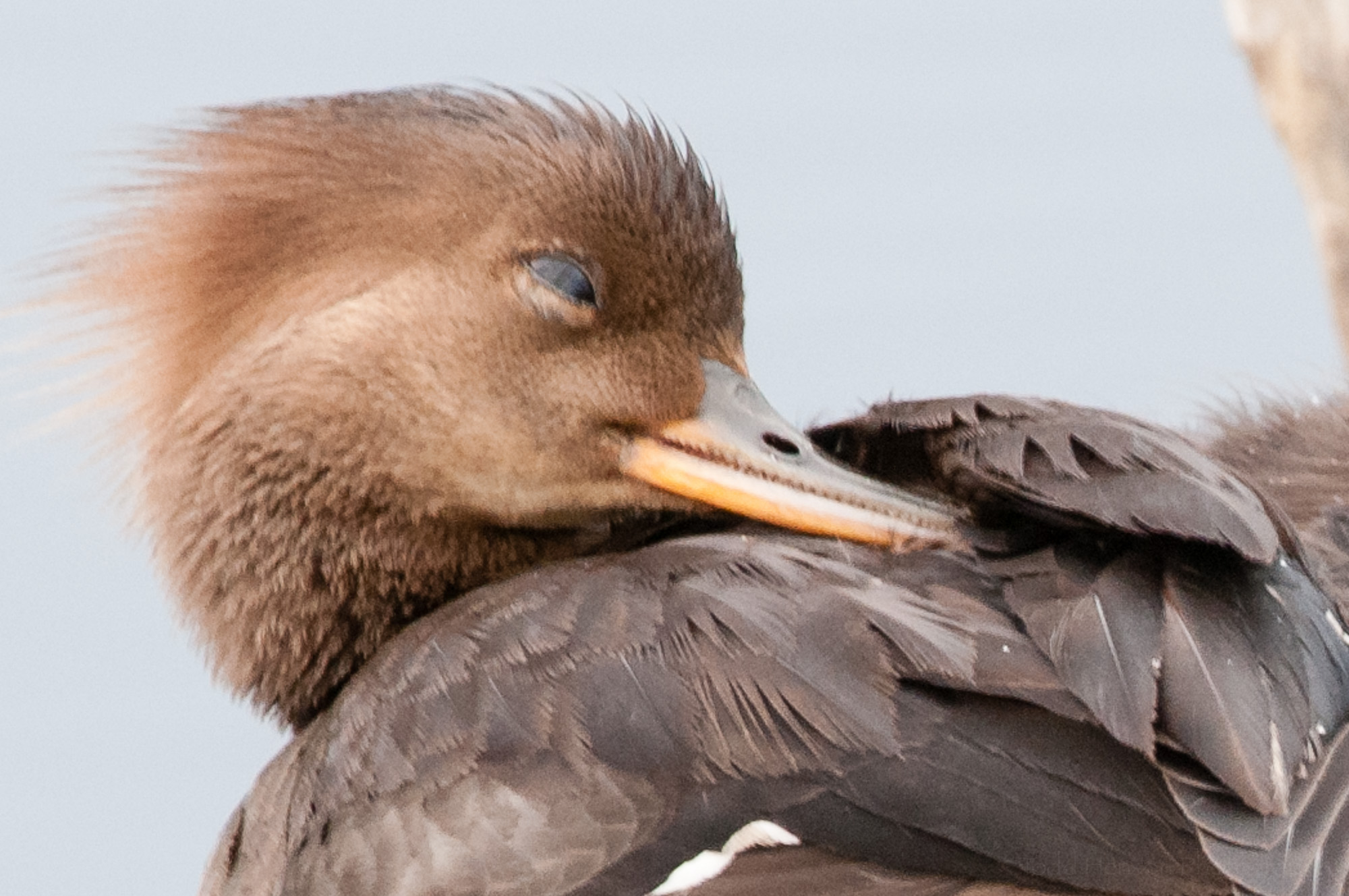
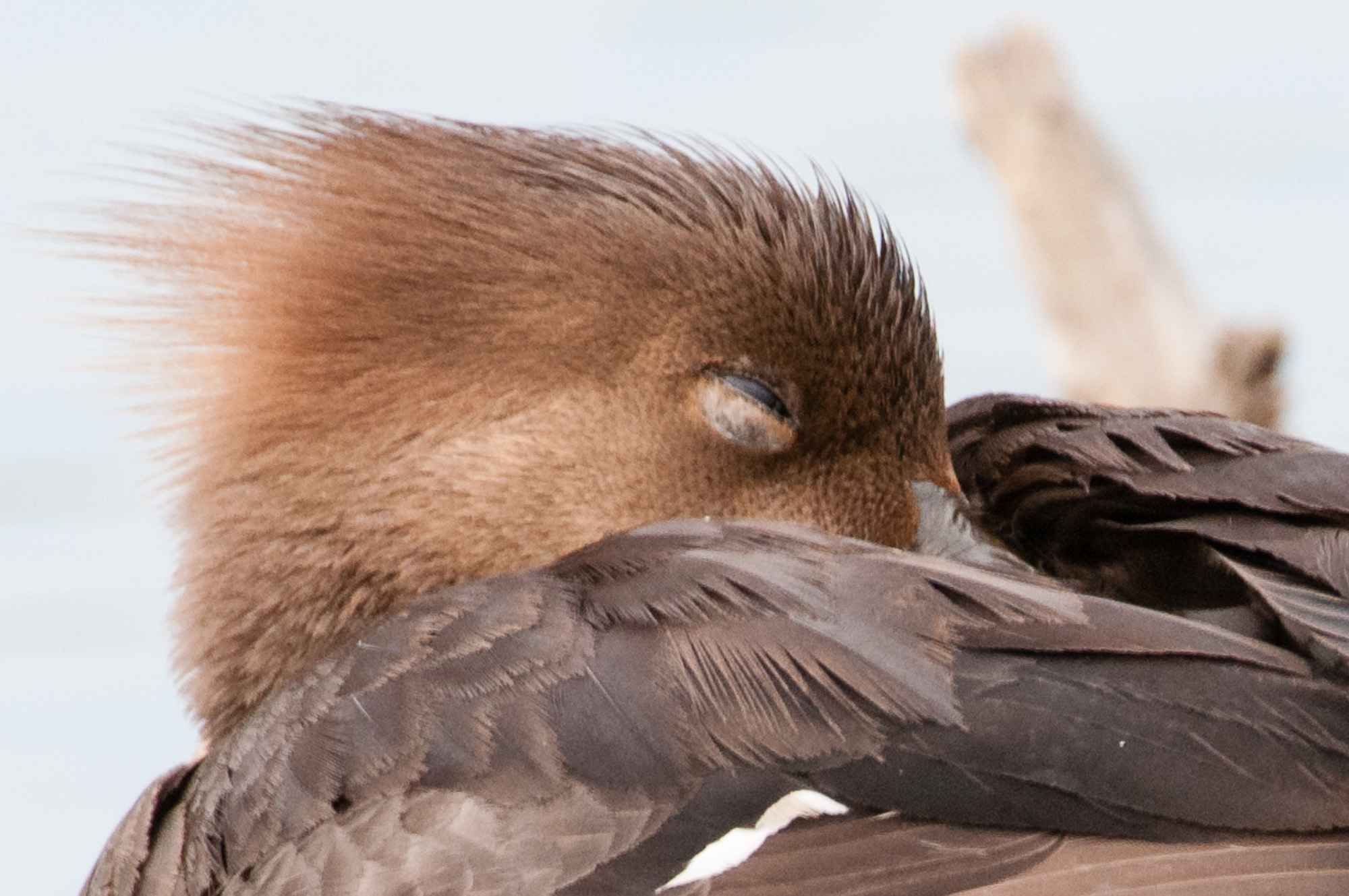
Eastern Phoebe with eye wide open.
Small portion of third eyelid showing on Eastern Phoebe.
Tim Birkhead, in his fantastic book, Bird Sense: What It’s Like to Be a Bird, says knowledge of this additional eyelid has existed for centuries. People such as Aristotle, Frederick II, and Louis XIV wrote about it. Frederick II wrote in his falconry manual: "for cleaning the eyeball there is provided a peculiar membrane that is quickly drawn across its anterior surface and rapidly withdrawn." John Ray and Francis Willughby wrote in their 1678 encyclopedia of birds, "Most, if not all birds, have a membrane of nictation... where withal they can at their pleasure cover their eyes, though the eyelids be open... and serves to wipe, cleanse, and perchance moisten..."
Green Heron showing third eyelid, the nictitating membrane.
Green Heron with eye fully open.
Example of nictitating membrane protecting female red-winged blackbird's eye from debris.
Tim Birkhead goes on to further describe how the nictitating membrane not only cleans the eye, but helps protect it: “Each time a pigeon puts its head down to peck at something on the ground, the nictitating membrane moves across the eye to protect it from spiky leaves and grasses. In raptors the membrane covers the eye immediately before the bird slams into its prey, and in exactly the same way the membrane covers the eye just before a plunging gannet hits the water.”
Female Wood Duck with nictitating membrane closed over eye.
Female Wood Duck with eye full open.
Eastern Phoebe with eye open.
Eastern Phoebe with closed nictitating membrane over eye.
In analyzing my images of birds I’ve seen how the nictitating membrane will cover a woodpeckers eyes just before it begins pecking at a tree or stem. I’ve seen instances of the membrane closing just before a bird ruffles its feathers, shaking itself in the process of preening. And in most cases my camera’s shutter just happened to close at exactly the right time to catch the membrane closing or opening while the bird was standing still.

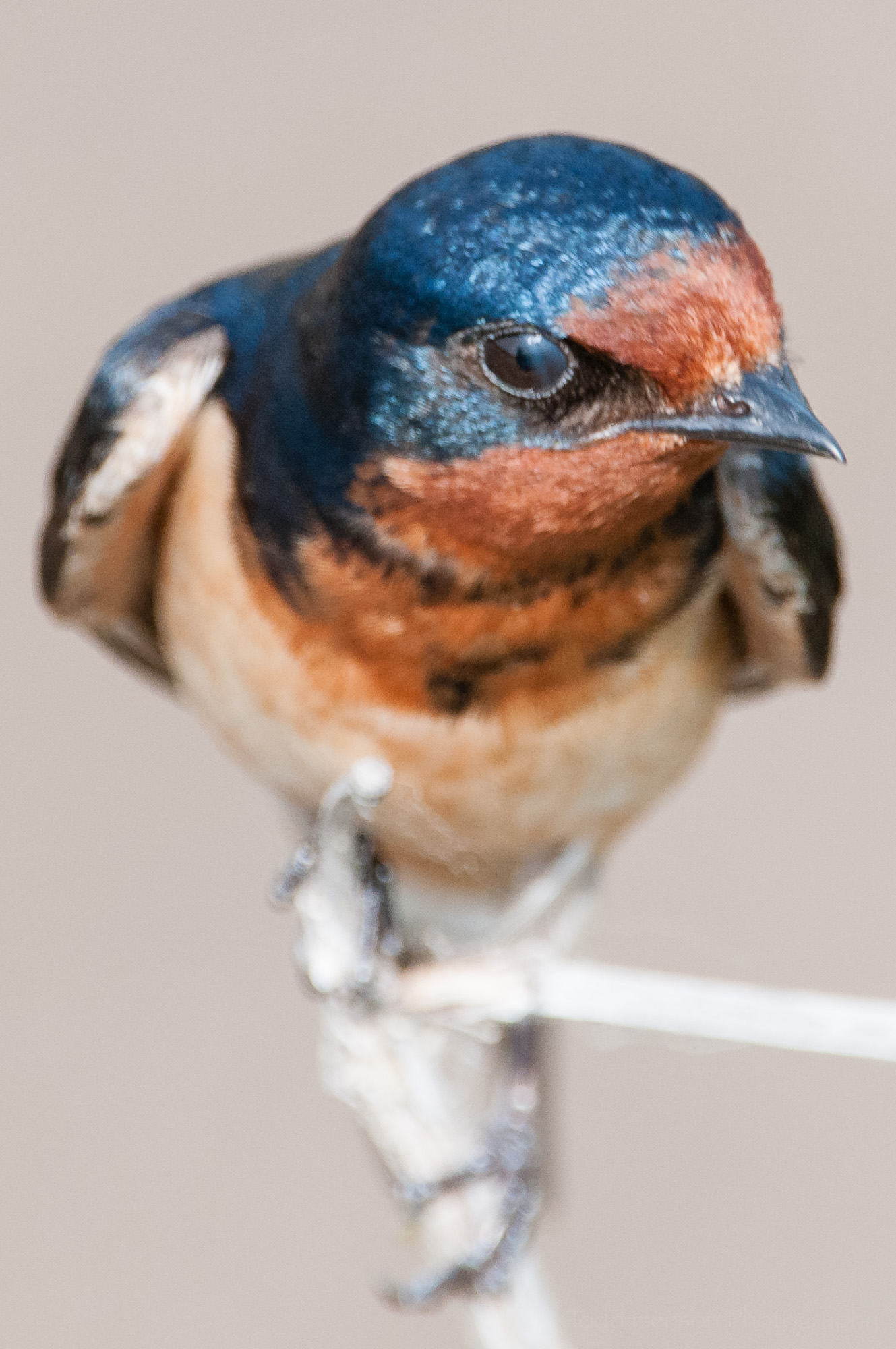
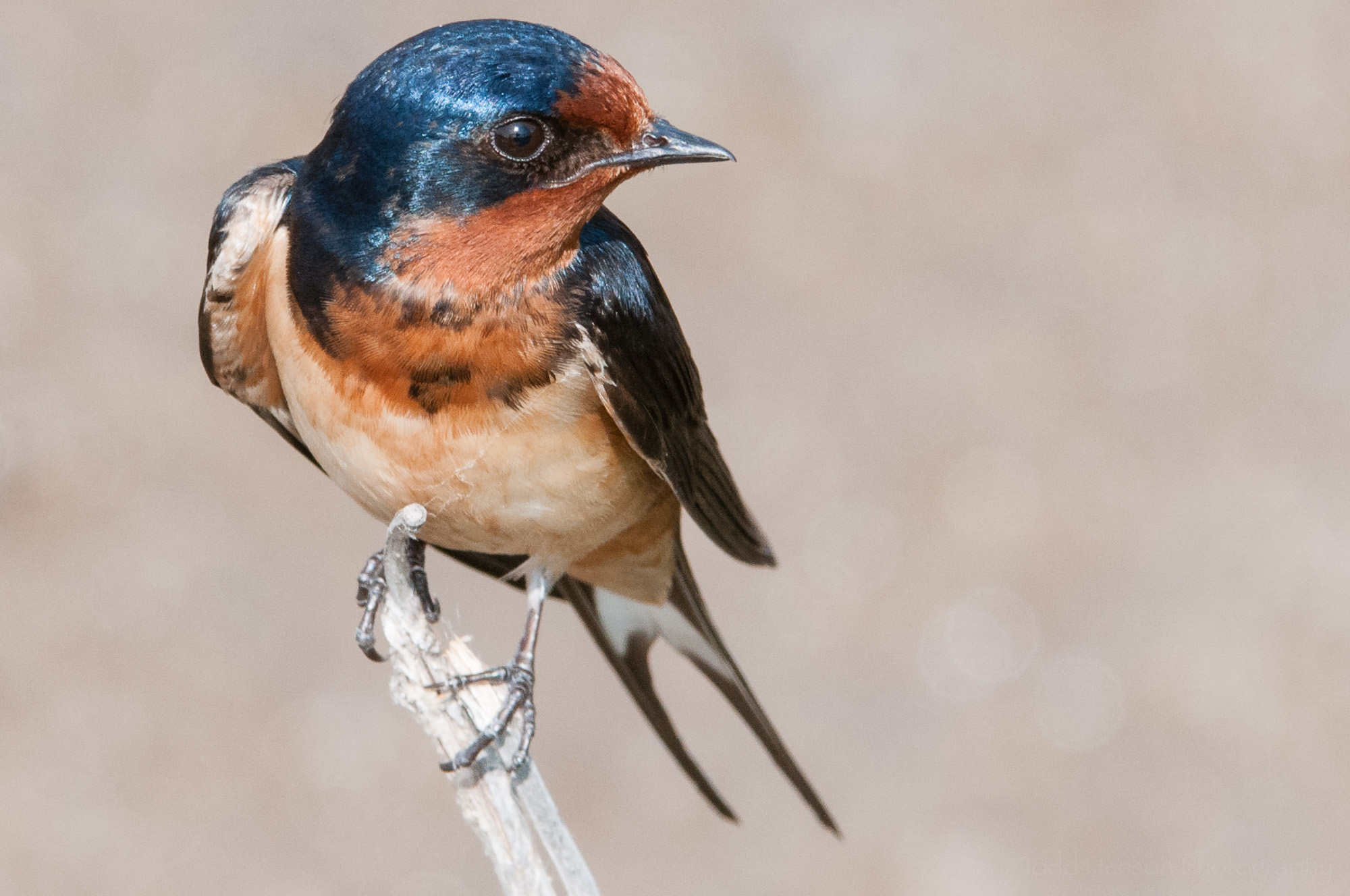
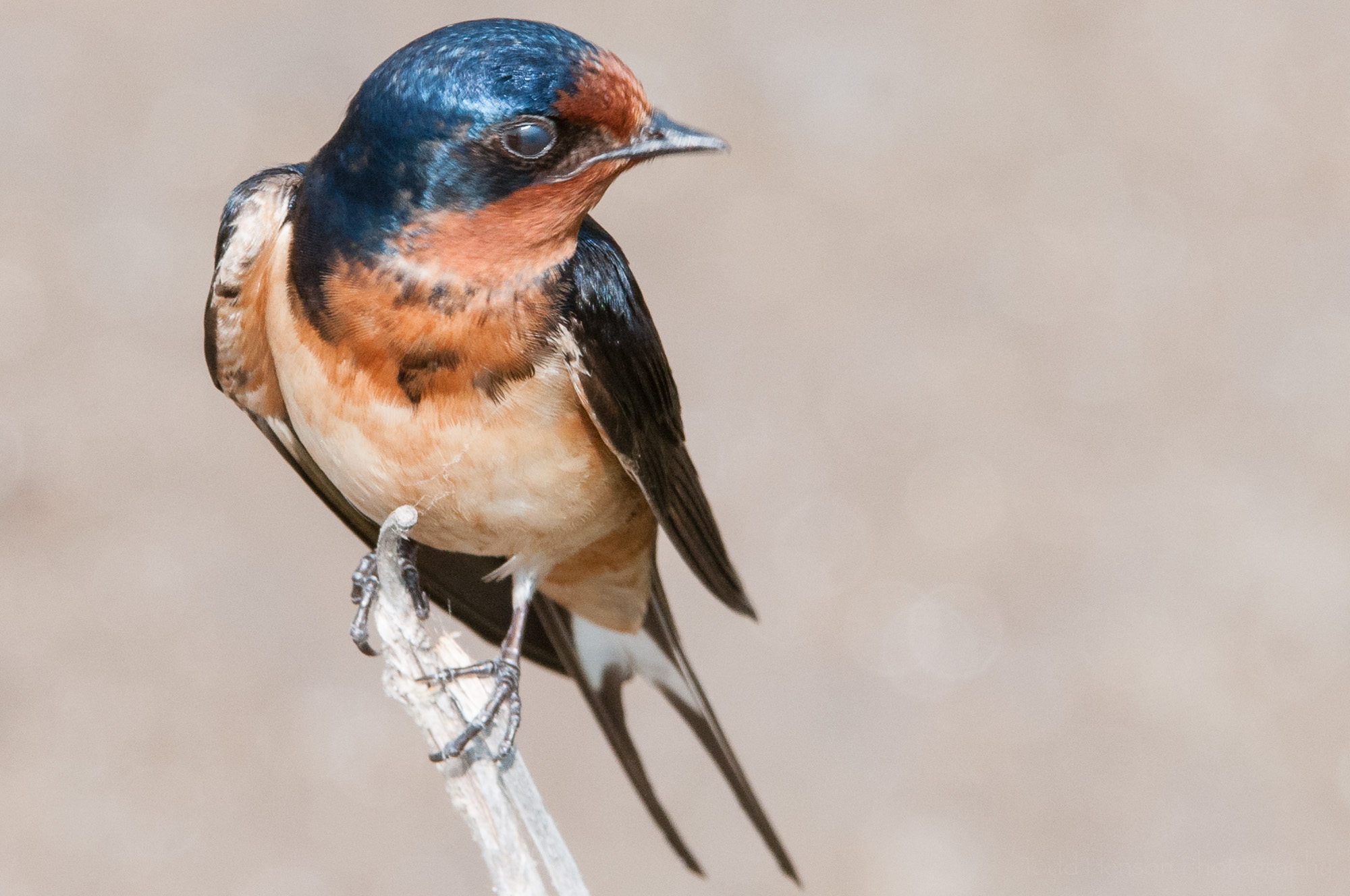
This post contains many examples of these third eyelids in a host of different birds. Most of these images have been heavily cropped to try to show the details around the birds eyes. I hope you find this topic as fascinating as I do. If you’ve never seen the nictitating membrane then keep your eye peeled for it next time you watch a bird up close through a camera or binoculars. Maybe you’ll catch it moving. Perhaps the bird’s eye will appear cloudy for just a moment. That’s the membrane closing and opening. The word nictitating comes from the Latin nictare, which means to blink.
Male red-winged blackbird with eye open.
Male red-winged blackbird with nictitating membrane closed.
Nictitating membrane beginning to close on male red-winged blackbird.
Nictitating membrane almost closed on male red-winged blackbird.
Another interesting tidbit from Bird Sense relates to us humans. Go look in a mirror some time. Look at the corner of your eye nearest your nose. There’s a little pink nub in the corner. That is the remnant of our own nictitating membrane.
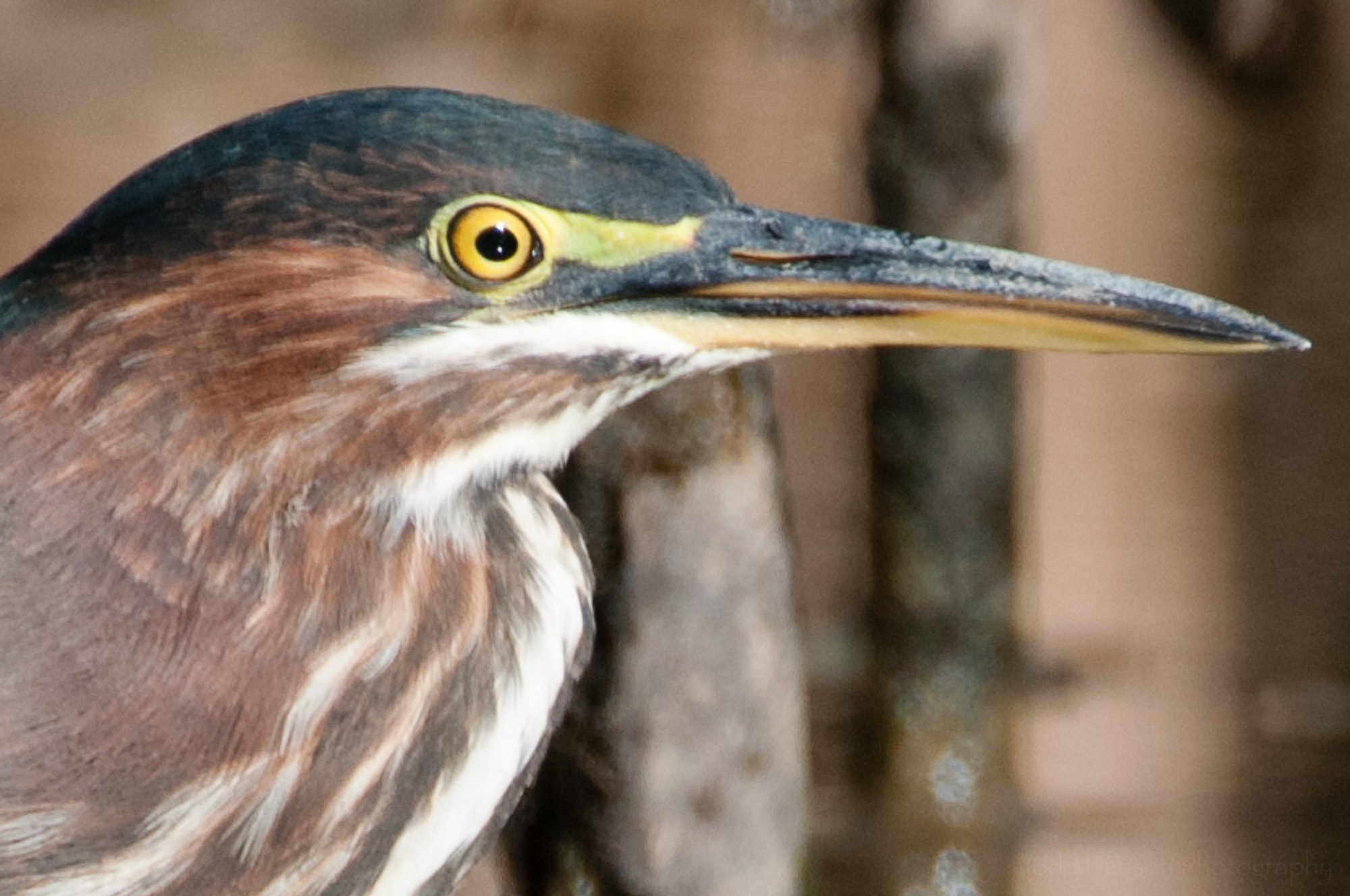
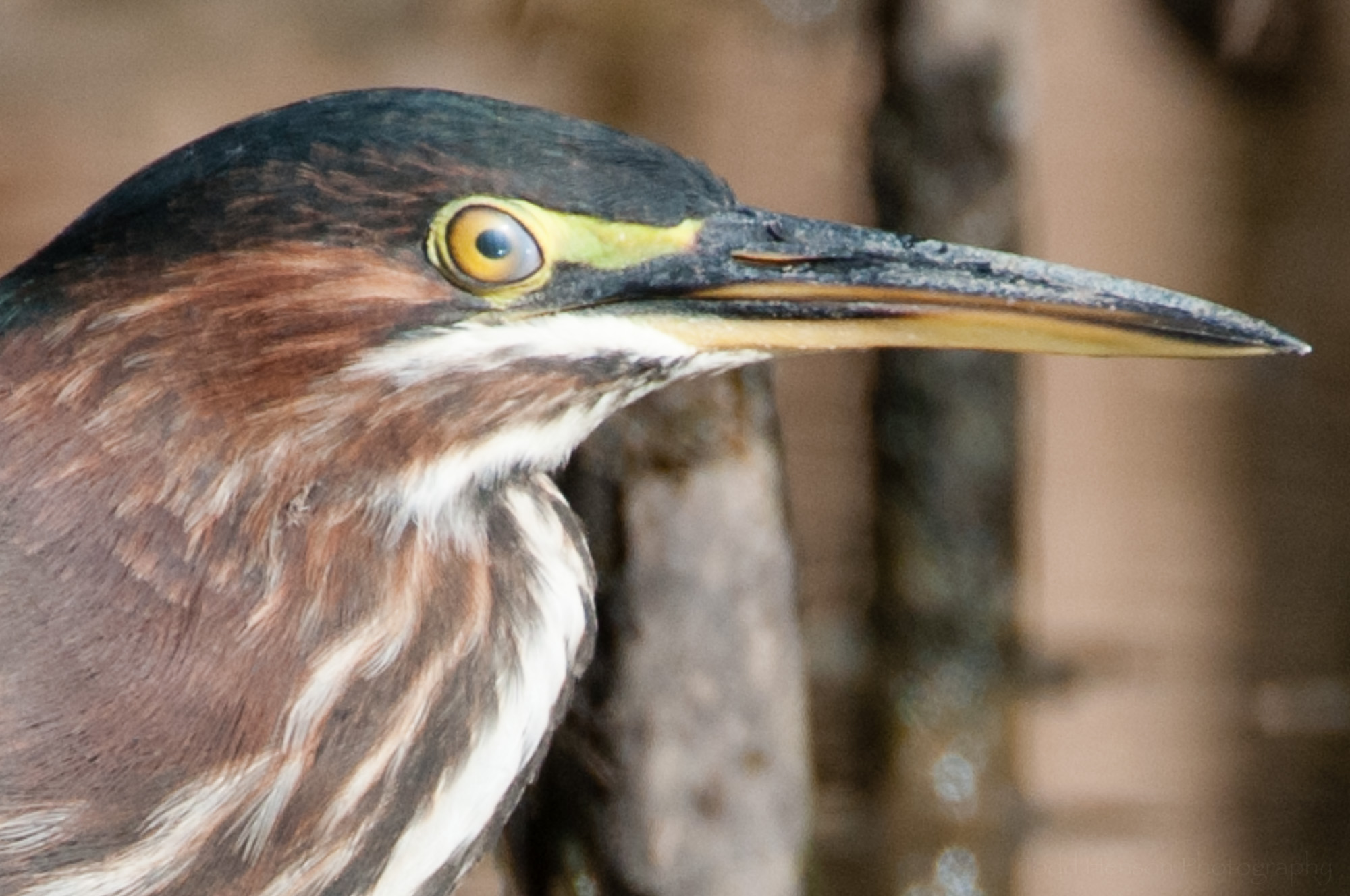
Green Heron with eye wide open.
Cloudy eye of Green Heron caused by nictitating membrane (third eyelid).
Closeup of open eye on Green Heron.
Closeup of nictitating membrane on Green Heron.
Great Blue Heron with eye open.
Great Blue Heron with eye clouded over by nictitating membrane.
Great Blue Heron with eye (and beak) open.
Great Blue Heron with nictitating membrane partially closed over eye.
If you’re interested in learning more about birds, and what it might be like to be a bird, check out Tim Birkhead’s Bird Sense: What It’s Like to Be a Bird. The book is broken into 7 chapters, each describing a different aspect of how a bird experiences the world. The chapters are:
Seeing
Hearing
Touch
Taste
Smell
Magnetic Sense
Emotions
I found this an absolutely fascinating read. Very educational.
Do you enjoy these posts?
Sign up to receive periodic emails with updates and thoughts. Don’t worry, I won’t spam you. And please consider purchasing artwork or products from my online store, and using my affiliate links in the sidebar to the right when shopping online.
I appreciate your support!

